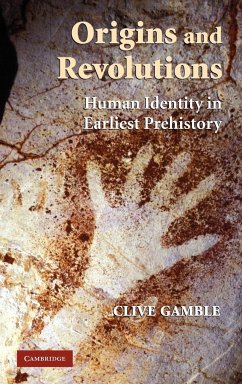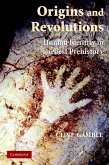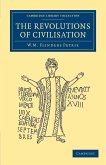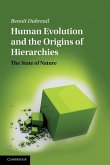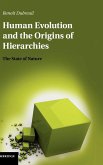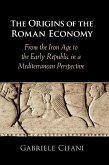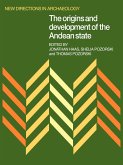Theoretically innovative work charting the prehistory of innovations essential for every student and scholar of prehistory.
In this innovative study Clive Gamble presents and questions two of the most famous descriptions of change in prehistory. The first is the 'human revolution', when evidence for art, music, religion and language first appears. The second is the economic and social revolution of the Neolithic period. Gamble identifies the historical agendas behind 'origins research' and presents a bold new alternative to these established frameworks, relating the study of change to the material basis of human identity. He examines, through artefact proxies, how changing identities can be understood using embodied material metaphors and in two major case-studies charts the prehistory of innovations, asking, did agriculture really change the social world? This is an important and challenging book that will be essential reading for every student and scholar of prehistory.
Table of contents:
Acknowledgments; Part I. Steps to the Present: Prologue: The longest of long revolutions; 1. The neolithic revolution; 2. The human revolution; 3. Metaphors for origins: Part II. The Material Basis of Identity: 4. Bodies, instruments and containers: 5. The accumulation and enchainment of identity; 6. Consuming and fragmenting people and things; Part III. Interpreting Change: 7. A prehistory of human thechnology: 3 million to 5000 thousand years ago; 8. Did agriculture change the world?; Epilogue: The good upheaval.
Hinweis: Dieser Artikel kann nur an eine deutsche Lieferadresse ausgeliefert werden.
In this innovative study Clive Gamble presents and questions two of the most famous descriptions of change in prehistory. The first is the 'human revolution', when evidence for art, music, religion and language first appears. The second is the economic and social revolution of the Neolithic period. Gamble identifies the historical agendas behind 'origins research' and presents a bold new alternative to these established frameworks, relating the study of change to the material basis of human identity. He examines, through artefact proxies, how changing identities can be understood using embodied material metaphors and in two major case-studies charts the prehistory of innovations, asking, did agriculture really change the social world? This is an important and challenging book that will be essential reading for every student and scholar of prehistory.
Table of contents:
Acknowledgments; Part I. Steps to the Present: Prologue: The longest of long revolutions; 1. The neolithic revolution; 2. The human revolution; 3. Metaphors for origins: Part II. The Material Basis of Identity: 4. Bodies, instruments and containers: 5. The accumulation and enchainment of identity; 6. Consuming and fragmenting people and things; Part III. Interpreting Change: 7. A prehistory of human thechnology: 3 million to 5000 thousand years ago; 8. Did agriculture change the world?; Epilogue: The good upheaval.
Hinweis: Dieser Artikel kann nur an eine deutsche Lieferadresse ausgeliefert werden.

